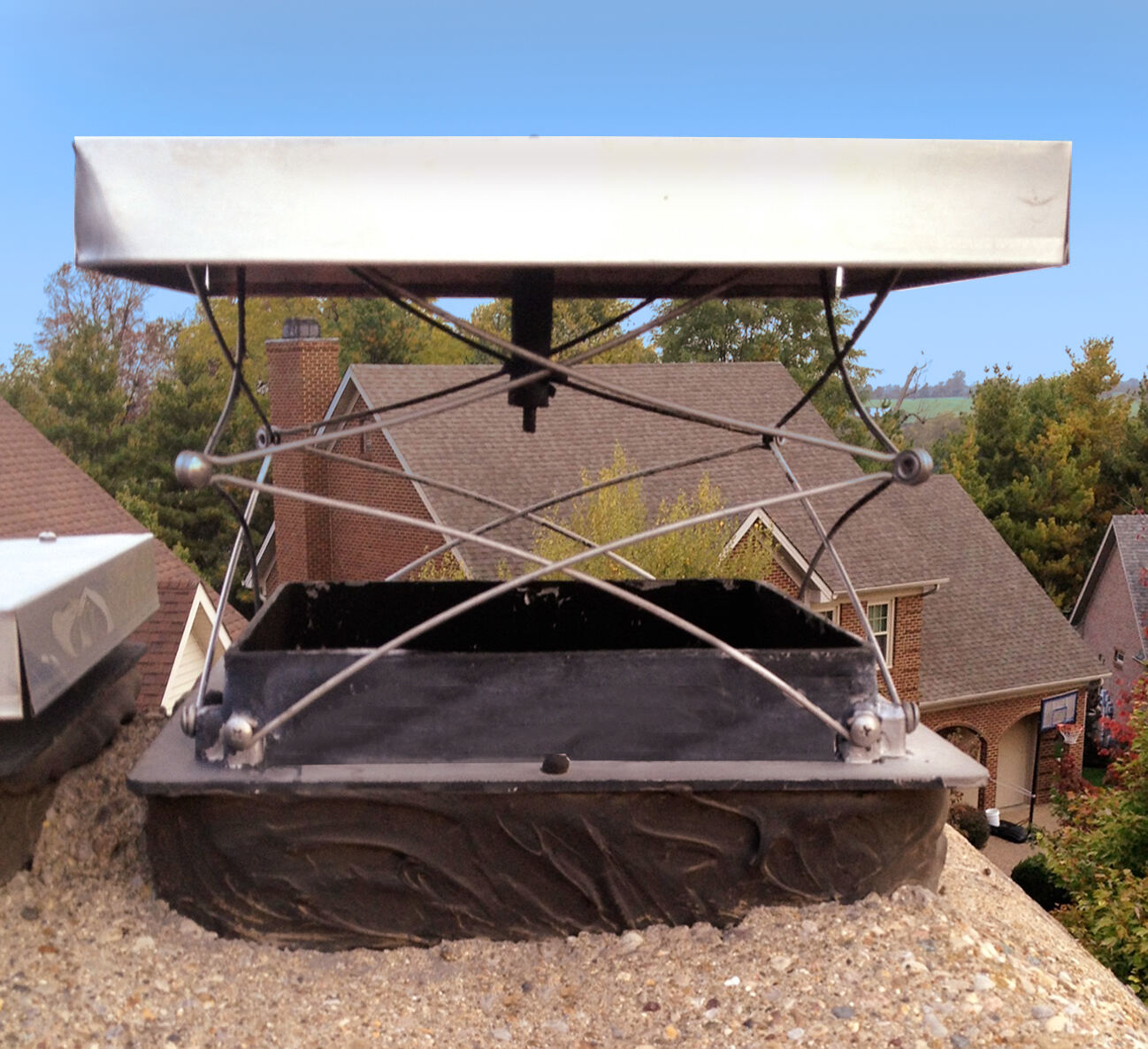

Articles
How To Block Chimney Draft
Modified: October 19, 2024
Learn effective techniques to block chimney drafts and prevent heat loss in your home. Read our informative articles on how to improve chimney insulation and reduce energy wastage.
(Many of the links in this article redirect to a specific reviewed product. Your purchase of these products through affiliate links helps to generate commission for Storables.com, at no extra cost. Learn more)
Introduction
A chimney draft is a common problem that many homeowners face. It occurs when cold air enters the chimney and creates a downward flow of air, causing smoke and odors to back up into the house. Not only can a chimney draft be uncomfortable, but it can also be dangerous, as it can lead to a buildup of carbon monoxide. Fortunately, there are ways to block chimney drafts and ensure a safe and efficient fireplace or heating system.
In this article, we will discuss the causes of chimney drafts, signs to look out for, the importance of addressing this issue, materials needed for blocking chimney drafts, a step-by-step guide to blocking drafts, alternative methods, and maintenance tips. By following these guidelines, you can effectively block chimney drafts and create a more comfortable and safe environment in your home.
Key Takeaways:
- Blocking chimney drafts is crucial for safety, energy efficiency, and comfort. Understanding the causes and signs of drafts, along with implementing effective methods and regular maintenance, ensures a safe and efficient chimney system.
- From installing chimney caps and dampers to utilizing alternative methods like chimney balloons and insulated glass doors, there are various ways to block drafts. Regular maintenance and professional assistance further enhance the effectiveness of draft-blocking measures.
Read more: How To Increase Draft In Chimney
Understanding Chimney Drafts
Before we dive into the techniques of blocking chimney drafts, it’s important to understand what chimney drafts are and how they occur. A chimney draft is essentially a flow of air that travels through the chimney system, affecting the performance of your fireplace or heating appliance. It can either be an upward draft, which is ideal for proper ventilation, or a downward draft, which is a common issue that needs to be addressed.
The primary cause of a chimney draft is the temperature difference between the indoor and outdoor air. Cold air is denser than warm air, so when the temperature outside is significantly lower than the temperature inside, the cold air rushes into the chimney and creates a downward flow. This flow disrupts the normal airflow, preventing smoke and gases from being properly vented out of the house.
Another factor that contributes to chimney drafts is the height of the chimney. The taller the chimney, the stronger the draft will be. This is because taller chimneys create a larger pressure difference between the indoor and outdoor air, causing a more forceful flow. Additionally, the design and construction of the chimney can also play a role in draft issues. Poor insulation or cracks in the chimney can allow cold air to seep in, exacerbating the problem.
It’s also worth mentioning the impact of wind on chimney drafts. Wind can influence drafts by creating pressure differentials on the exterior of the chimney. If the wind blows against the chimney, it can disrupt the flow of air and cause downdrafts. This is why some homes may experience drafts on particularly windy days.
Understanding chimney drafts is crucial because it helps us identify the root causes of the problem. By pinpointing the underlying issues, we can take appropriate measures to block chimney drafts and ensure the efficient operation of our chimney system.
Causes of Chimney Drafts
Understanding the causes of chimney drafts is essential in order to effectively address the issue and block drafts from occurring. There are several factors that can contribute to chimney drafts, including:
- Temperature differential: As mentioned earlier, the temperature difference between the indoor and outdoor air is a primary cause of chimney drafts. When the indoor air is warmer than the outdoor air, the cold air rushes into the chimney, creating a downward flow of air.
- Chimney height: The height of the chimney can influence the strength of the draft. Taller chimneys create a greater pressure difference, causing a more forceful flow of air. Chimneys that are too short may not create enough draft, leading to poor ventilation.
- Chimney design and construction: The design and construction of the chimney can also contribute to draft problems. Chimneys with poor insulation or cracks can allow cold air to enter, disrupting the airflow and causing drafts. Additionally, an improperly sized or constructed chimney can impact the efficiency of the draft.
- Wind: Wind can significantly affect chimney drafts. When the wind blows against the chimney, it creates pressure differentials that can disrupt the airflow and cause downdrafts. Chimneys that are exposed to strong winds may experience drafts more frequently.
- Obstructions: Obstructions within the chimney, such as debris, bird nests, or creosote buildup, can impede the flow of air and create drafts. Regular chimney maintenance, including cleaning and inspections, is crucial to prevent obstructions that can hinder draft efficiency.
By identifying the specific causes of chimney drafts in your home, you can take targeted steps to address the underlying issues and effectively block drafts. Understanding the factors that contribute to drafts allows you to implement the appropriate solutions and ensure the safe and efficient operation of your chimney system.
Signs of a Chimney Draft
Identifying the signs of a chimney draft is important for homeowners in order to address the issue promptly and ensure the safe and efficient operation of their fireplace or heating appliance. Here are some common signs that indicate the presence of a chimney draft:
- Smoke and odors in the house: One of the most noticeable signs of a chimney draft is the presence of smoke or unpleasant odors inside your home. Instead of being properly vented out through the chimney, smoke and odors may linger and circulate throughout the house. This can result in discomfort and potential health hazards.
- Difficulty in starting or maintaining a fire: A chimney draft can make it challenging to start and maintain a fire in a fireplace or wood-burning stove. If you find it difficult to ignite the fire or notice that it repeatedly goes out or struggles to produce heat, it could be due to a draft issue.
- Sudden change in flame direction: When a chimney draft is present, you may observe a sudden change in the direction of the flame. Instead of the flames rising vertically, they may flicker or bend in unusual directions due to the disruption of airflow caused by the draft.
- Excessive soot or creosote buildup: A chimney draft can also contribute to the accumulation of soot or creosote inside the chimney. If you notice excessive black residue or sticky tar-like substance on the walls of your chimney, it could be a sign that the draft isn’t effectively carrying away the byproducts of combustion.
- Cold drafts around the fireplace: Another indicator of a chimney draft is the presence of cold drafts around the fireplace or heating appliance. If you feel a noticeable chill or cold air coming from the fireplace, even when it’s not in use, it suggests that cold air is entering through the chimney due to a draft.
Recognizing these signs of a chimney draft allows homeowners to take appropriate action and block the drafts effectively. Whether it’s sealing gaps and cracks, installing a draft stopper, or seeking professional chimney services, addressing the draft issue will improve the performance, safety, and comfort of your fireplace or heating system.
Importance of Blocking Chimney Drafts
Blocking chimney drafts is not just about improving the comfort and efficiency of your fireplace or heating appliance; it is also a critical step in maintaining the safety of your home. Here are some important reasons why blocking chimney drafts is crucial:
- Safety: Carbon monoxide (CO) is a toxic gas that can be produced during the combustion process. A chimney draft that isn’t properly venting can cause a backup of CO into your home, leading to carbon monoxide poisoning, which can be life-threatening. Blocking drafts ensures that harmful gases are safely expelled outside your home.
- Energy efficiency: A drafty chimney allows cold air to enter your home, causing your heating system to work harder to maintain a comfortable temperature. Blocking drafts helps to create a more airtight seal and prevents the escape of warm air, making your heating system more efficient and reducing energy waste.
- Cost savings: By improving the energy efficiency of your home, blocking chimney drafts can result in significant cost savings. With a reduced energy demand, you can expect lower utility bills. Additionally, addressing draft issues can help extend the lifespan of your heating system, reducing repair and replacement costs.
- Comfort: A drafty fireplace or heating appliance can create uncomfortable cold spots and inconsistent heating throughout your home. Blocking drafts ensures a more even distribution of heat, allowing for a cozier and more comfortable living environment.
- Preservation of indoor air quality: When a chimney draft occurs, smoke and odors may backdraft into your home, negatively affecting the indoor air quality. By blocking drafts, you can maintain cleaner and healthier indoor air, free from smoke particles and unwanted odors.
It’s important to prioritize the blocking of chimney drafts to safeguard the well-being of your household and enhance the efficiency of your heating system. Whether you choose to employ DIY methods or seek professional assistance, addressing draft issues will provide peace of mind, reduce energy consumption, and improve the overall quality of your home environment.
To block chimney draft, install a chimney balloon or use a chimney cap to prevent cold air from entering and warm air from escaping. This will help improve energy efficiency and keep your home warmer.
Read more: How To Build A Block Chimney
Materials Needed to Block Chimney Drafts
To effectively block chimney drafts, you will need a few essential materials. These materials will help you seal and insulate your chimney, preventing the entry of cold air and ensuring efficient airflow. Here are the key materials you will need:
- Chimney cap: A chimney cap is a protective covering that is installed at the top of the chimney. It acts as a barrier against debris, rain, and animals while still allowing proper ventilation. A quality chimney cap will help prevent downdrafts and block drafts from entering your home.
- Chimney damper: A chimney damper is a device that can be opened and closed within the flue to control the airflow. Installing a top-sealing chimney damper is an effective way to block drafts when the fireplace is not in use. It creates an airtight seal and prevents cold air from entering the chimney.
- Insulation materials: Insulating the chimney helps to restrict heat loss and minimize drafts. You can use various insulation materials like chimney insulation blankets or sleeves. These are made from heat-resistant materials and are designed to wrap around the chimney to keep it insulated.
- Weatherstripping: Weatherstripping is a material used to seal gaps and cracks around doors and windows. It can also be used to seal gaps in the chimney area to prevent drafts. Choose a weatherstripping material that is suitable for outdoor use and resistant to high temperatures.
- Fireplace draft stopper: A fireplace draft stopper is an inflatable device that can be placed inside the fireplace opening to block drafts. It creates an airtight seal and prevents cold air from entering the home through the chimney. It’s important to choose a draft stopper that fits properly and is made from flame-resistant materials.
- Caulk or sealant: Caulk or sealant can be used to seal any gaps or cracks in the chimney masonry or chimney cap. Ensure that the caulk or sealant you choose is heat-resistant and capable of withstanding outdoor conditions.
- Flashings: Flashings are metal sheets that are installed around the base of the chimney to provide a watertight seal. They help prevent water from entering the chimney and causing damage. If your existing flashings are damaged or ineffective, you may need to replace them.
Remember to choose high-quality materials that are suitable for your specific chimney system and outdoor conditions. Proper installation and maintenance of these materials will significantly improve the effectiveness of your chimney draft prevention efforts.
Step-by-Step Guide to Block Chimney Drafts
Blocking chimney drafts is a task that can be completed with a few simple steps. By following this step-by-step guide, you can effectively block drafts and improve the efficiency and safety of your chimney system:
- Inspect the chimney: Start by conducting a thorough inspection of your chimney to identify any gaps, cracks, or other potential entry points for drafts. Look for any signs of damage or deterioration.
- Install a chimney cap: A chimney cap is an essential component that provides protection and helps prevent drafts. Install a high-quality chimney cap at the top of the chimney to block debris, rain, and animals while still allowing proper ventilation.
- Seal gaps and cracks: Use weatherstripping or a suitable sealant to seal any gaps or cracks in the chimney masonry, especially around the joints and base. This will help prevent cold air from entering the chimney.
- Consider installing a chimney damper: If you don’t already have one, consider installing a chimney damper. A top-sealing chimney damper creates an airtight seal when the fireplace is not in use, effectively blocking drafts.
- Insulate the chimney: Insulating the chimney can further prevent heat loss and minimize drafts. Wrap the chimney with insulation blankets or sleeves made from heat-resistant materials. This step can significantly improve the efficiency of your fireplace or heating appliance.
- Check and replace flashings: Inspect the flashings around the base of the chimney and ensure they are in good condition. Replace any damaged or ineffective flashings to maintain a watertight seal and prevent water from entering the chimney.
- Install a fireplace draft stopper: If you have a fireplace, consider using a fireplace draft stopper when the fireplace is not in use. Place the inflatable draft stopper inside the fireplace opening to create an airtight seal and prevent drafts from entering your home through the chimney.
- Regular maintenance: Once you have blocked chimney drafts, it’s important to schedule regular maintenance. This includes chimney inspections, cleaning, and repairs to ensure the continued effectiveness of your draft-blocking measures.
Following these steps will help you effectively block chimney drafts and create a more energy-efficient and comfortable home environment. If you are unsure about any of the steps or want professional assistance, don’t hesitate to contact a chimney specialist who can provide expert guidance in blocking drafts.
Alternative Methods to Block Chimney Drafts
While the steps mentioned in the previous section are effective ways to block chimney drafts, there are alternative methods you can consider as well. These methods offer additional options to address draft issues and ensure the efficient operation of your chimney system. Here are some alternative methods to block chimney drafts:
- Chimney balloon: A chimney balloon is an inflatable device that can be inserted into the chimney to block drafts. It creates an airtight seal and prevents cold air from entering the home. When using a chimney balloon, it’s important to properly measure your chimney to ensure a secure fit.
- Chimney chase cover: If you have a prefabricated chimney, a chimney chase cover can be installed over the chase to prevent drafts. It acts as a protective barrier, keeping rain, snow, and debris out. Make sure to choose a high-quality chase cover that is durable and suitable for your specific chimney system.
- Insulated glass fireplace doors: Installing insulated glass doors on your fireplace can help reduce drafts and improve energy efficiency. These doors provide a barrier that prevents cold air from entering the room when the fireplace is not in use. Make sure to choose doors that are properly fitted and have a tight seal.
- Heat-resistant caulking: Using heat-resistant caulk, such as a silicone-based caulk, can help seal any gaps or cracks in the chimney or fireplace. Apply the caulk around the joints and seams to prevent drafts from entering. Ensure that the caulk is suitable for high-temperature environments.
- Draft stoppers for vents: Along with addressing drafts from the chimney, it’s important to address drafts from other sources as well, such as vents and ducts. Using draft stoppers or covers for these openings can help prevent the entry of cold air, further improving energy efficiency and comfort in your home.
- Insulated chimney liner: If your chimney is lacking insulation or is in poor condition, installing an insulated chimney liner can help block drafts and improve overall performance. The liner acts as a barrier between the inside and outside of the chimney, improving efficiency and minimizing heat loss.
- Professional chimney services: In some cases, it may be beneficial to seek the expertise of a professional chimney sweep or technician. They can perform a comprehensive inspection, identify the root causes of drafts, and recommend the most suitable solutions. Professional services ensure that the blocking of chimney drafts is done accurately and effectively.
These alternative methods offer additional options for blocking chimney drafts and provide flexibility based on your specific chimney system and needs. Whether you choose to utilize one or a combination of these methods, the ultimate goal is to create a more comfortable and energy-efficient home environment while ensuring the safety of your chimney system.
Maintenance and Troubleshooting Tips
Maintaining a chimney system is crucial for preventing drafts and ensuring the safe and efficient operation of your fireplace or heating appliance. Here are some maintenance and troubleshooting tips to help you maintain a draft-free chimney:
- Regular chimney inspections: Schedule annual inspections with a professional chimney sweep to check for any signs of damage or deterioration. They can identify and address potential issues before they lead to drafts or other problems.
- Keep the chimney clean: Regularly clean your chimney to remove creosote buildup, debris, and any obstructions that may disrupt the airflow or cause drafts. A clean chimney promotes proper ventilation and reduces the risk of drafts.
- Check and replace seals and gaskets: Inspect the seals and gaskets around the fireplace doors, damper, and chimney cap. Replace any damaged or worn-out seals to ensure a tight seal and prevent leaks or drafts.
- Monitor wind direction and speed: Pay attention to the wind direction and speed as it can affect chimney drafts. If you notice a consistent pattern of downdrafts during certain weather conditions, consider installing a wind-resistant chimney cap or consult a professional for additional solutions.
- Keep the damper closed when not in use: To prevent drafts when your fireplace is not in use, ensure the damper is closed completely. An open damper allows cold air to enter the chimney, leading to drafts. Remember to open it before starting a fire.
- Inspect and repair chimney flashing: Regularly check the flashings around the chimney base for any signs of damage or loosening. Damaged flashings can allow water to enter the chimney, leading to moisture-related issues and potential drafts.
- Address insulation issues: Inspect the insulation around the chimney, including any insulation blankets or sleeves, for wear and tear. Replace or reinforce insulation as needed to maintain proper insulation and reduce drafts.
- Consider exterior insulation: If you have significant draft problems, you may want to consider adding exterior insulation to the chimney stack. Consult with a professional to determine the appropriate insulation method and materials for your specific chimney system.
- Monitor carbon monoxide detectors: Install carbon monoxide detectors near your fireplace and heating appliances to alert you if there are any dangerous carbon monoxide levels. Regularly check and replace the batteries in these detectors to ensure their effectiveness.
By following these maintenance tips and troubleshooting any issues promptly, you can maintain a draft-free chimney and enjoy the comfort and safety of your fireplace or heating system.
Read more: How To Block A Chimney Off
Conclusion
Addressing chimney drafts is crucial for maintaining a safe, comfortable, and efficient home environment. Whether you enjoy the warmth and ambiance of a fireplace or rely on a heating appliance, blocking chimney drafts is essential to prevent the entry of cold air, improve energy efficiency, and ensure proper ventilation. By understanding the causes and signs of chimney drafts, you can take the necessary steps to address the issue effectively.
In this article, we discussed the importance of blocking chimney drafts and provided a comprehensive guide to help you block drafts efficiently. We explored alternative methods, such as chimney balloons and insulated glass doors, which offer additional solutions based on your specific chimney system and needs. Additionally, maintenance and troubleshooting tips were shared to ensure the long-term health and performance of your chimney system.
Remember, regular maintenance, such as annual chimney inspections and cleaning, is crucial for identifying and resolving potential issues before they lead to drafts. Monitoring wind conditions, sealing gaps, and checking the damper’s position are simple yet effective ways to minimize drafts during windy weather. By following these tips and implementing the outlined methods, you can create a more comfortable and energy-efficient home while prioritizing the safety of your household.
If you’re uncertain or uncomfortable with any aspect of blocking chimney drafts, it’s always wise to seek the guidance of a professional chimney sweep or technician. They have the expertise and knowledge to assess your chimney system, recommend appropriate solutions, and ensure the effective blocking of drafts.
Investing the time and effort to block chimney drafts will not only enhance your comfort and reduce energy waste but also provide peace of mind knowing that you have a safe and efficient fireplace or heating system. So, take the necessary steps, follow the maintenance tips, and enjoy a draft-free chimney for years to come.
Frequently Asked Questions about How To Block Chimney Draft
Was this page helpful?
At Storables.com, we guarantee accurate and reliable information. Our content, validated by Expert Board Contributors, is crafted following stringent Editorial Policies. We're committed to providing you with well-researched, expert-backed insights for all your informational needs.
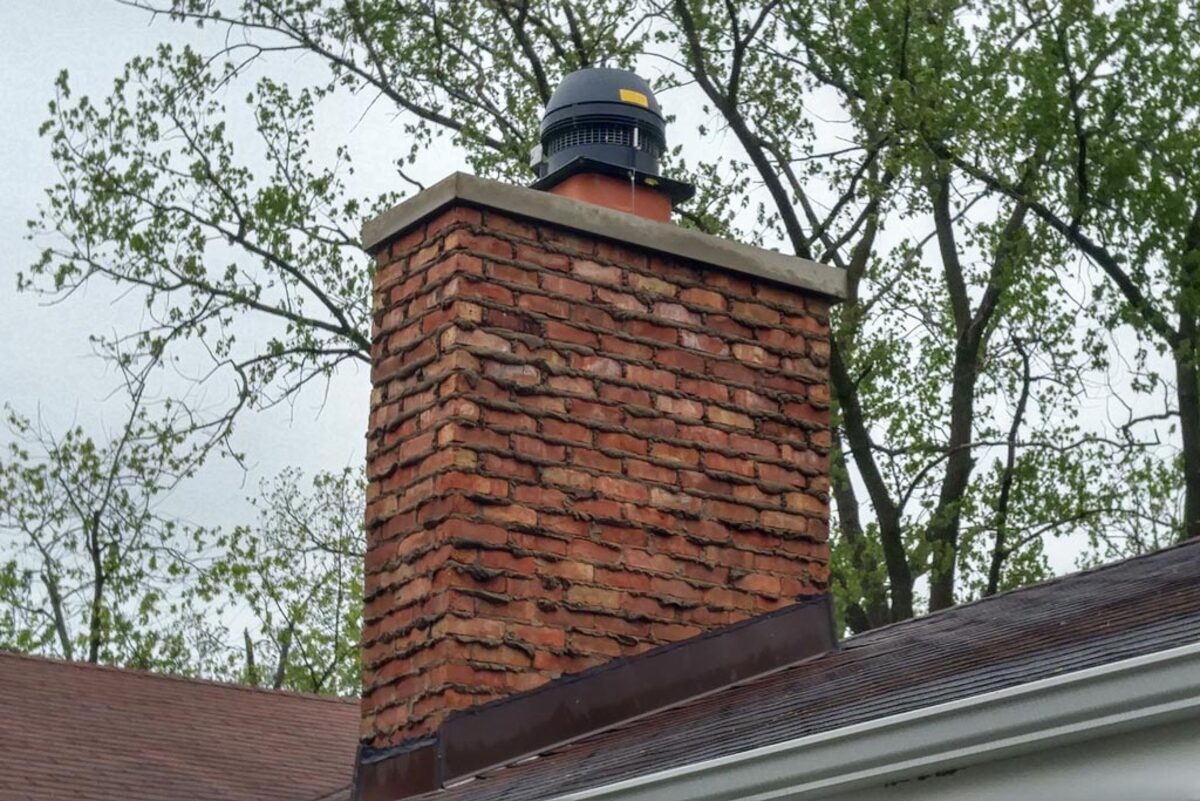
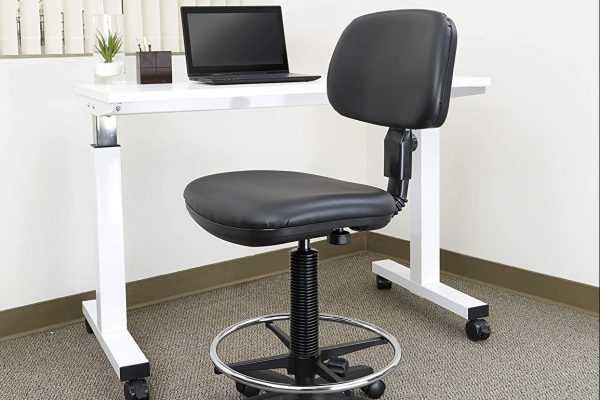
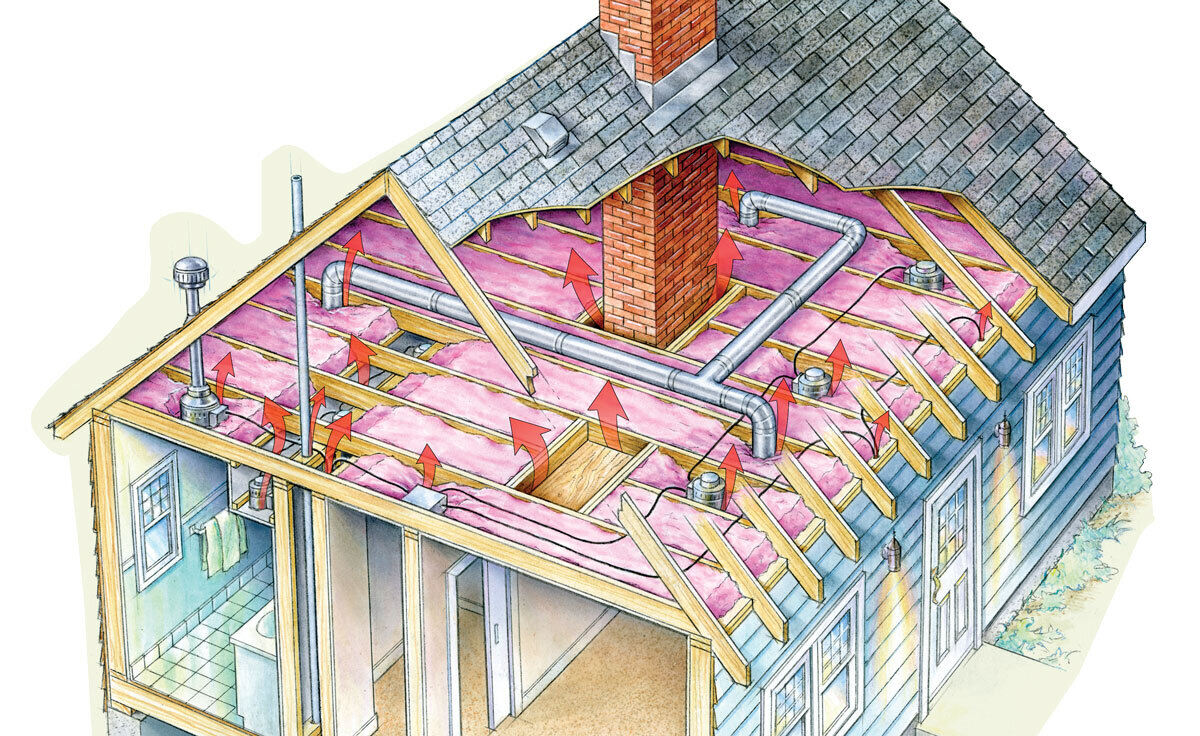
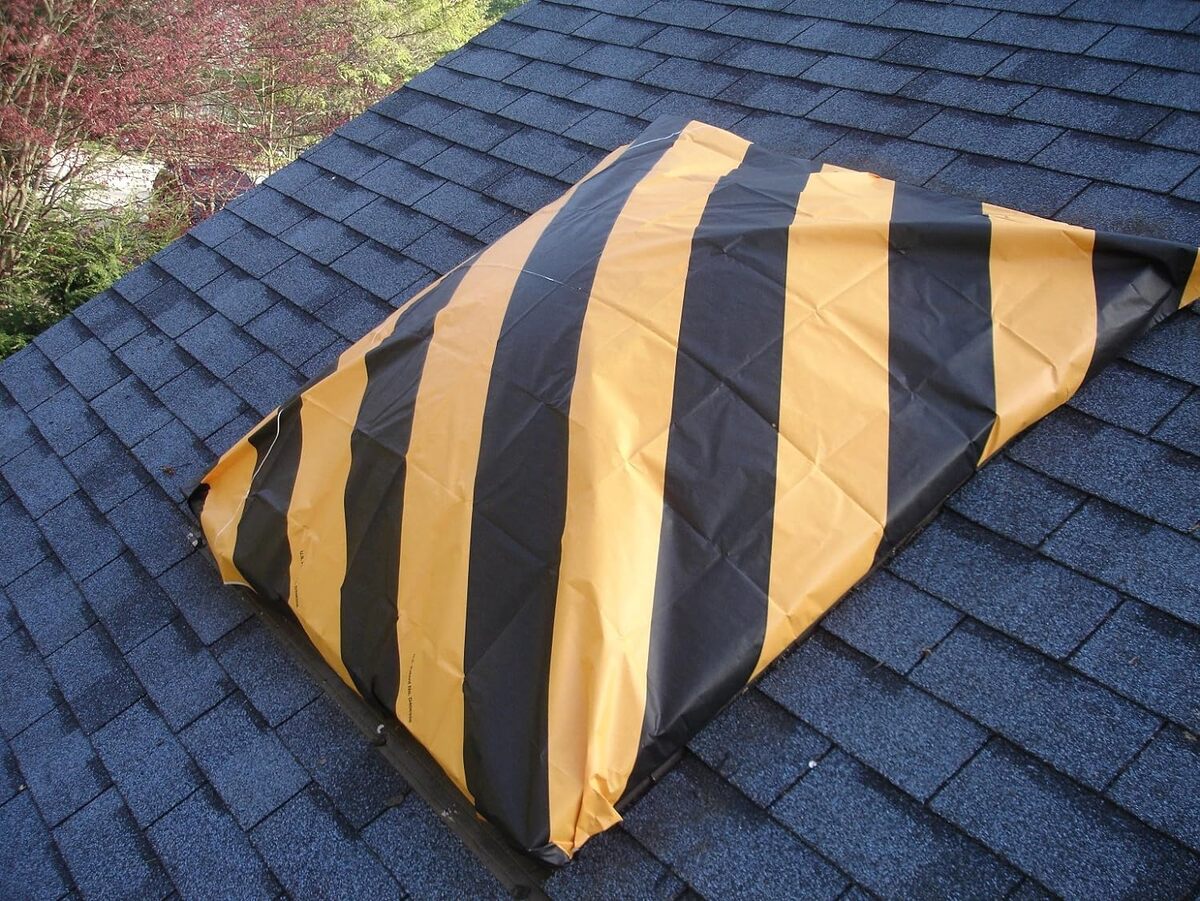
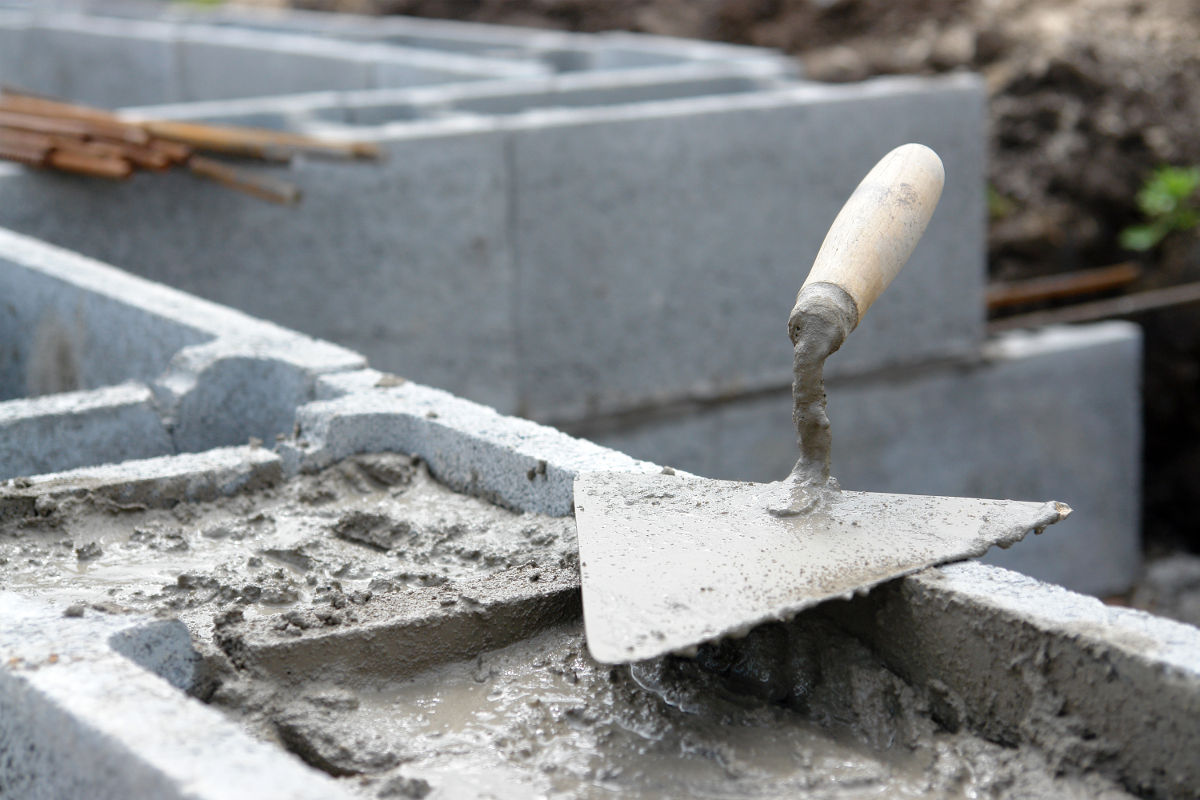
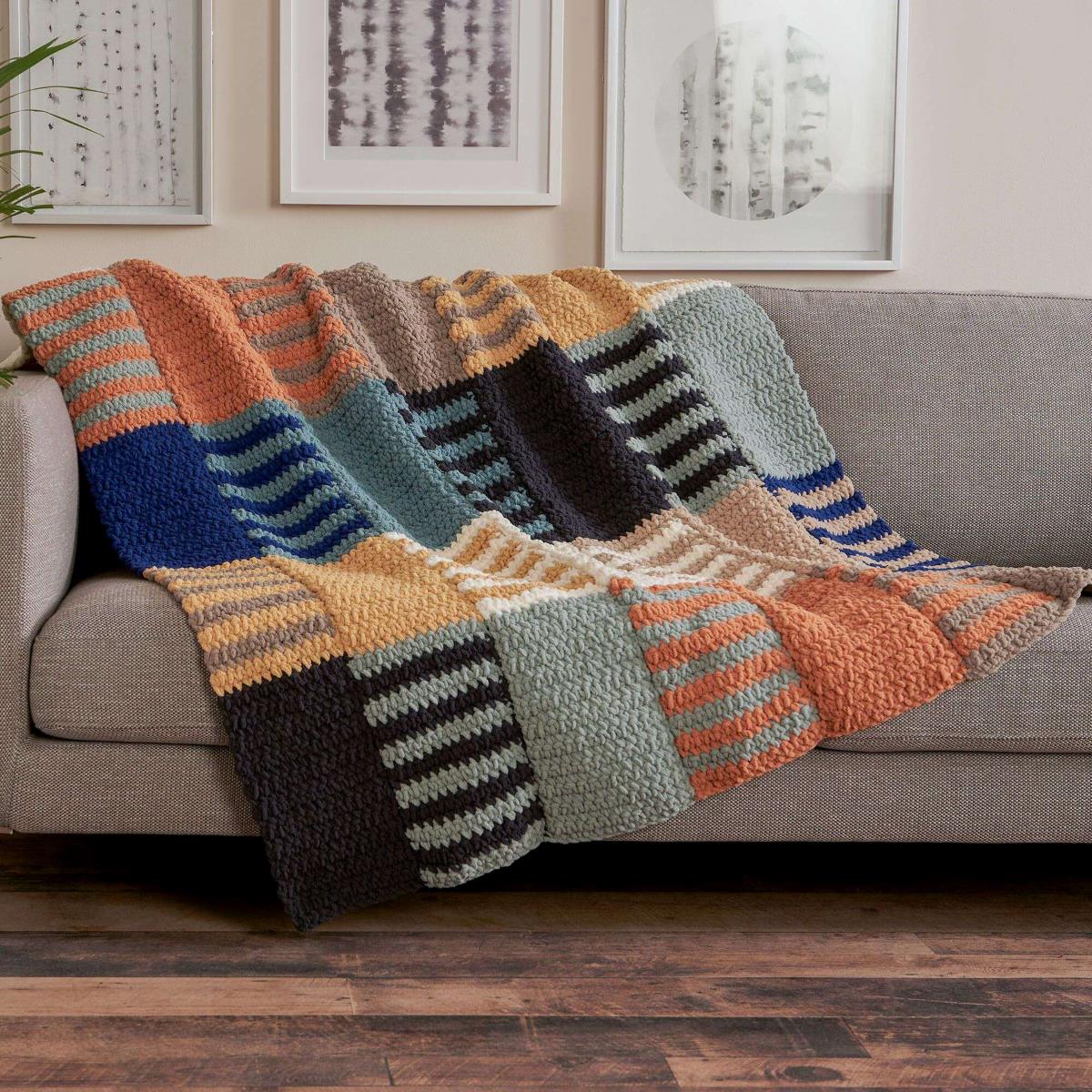
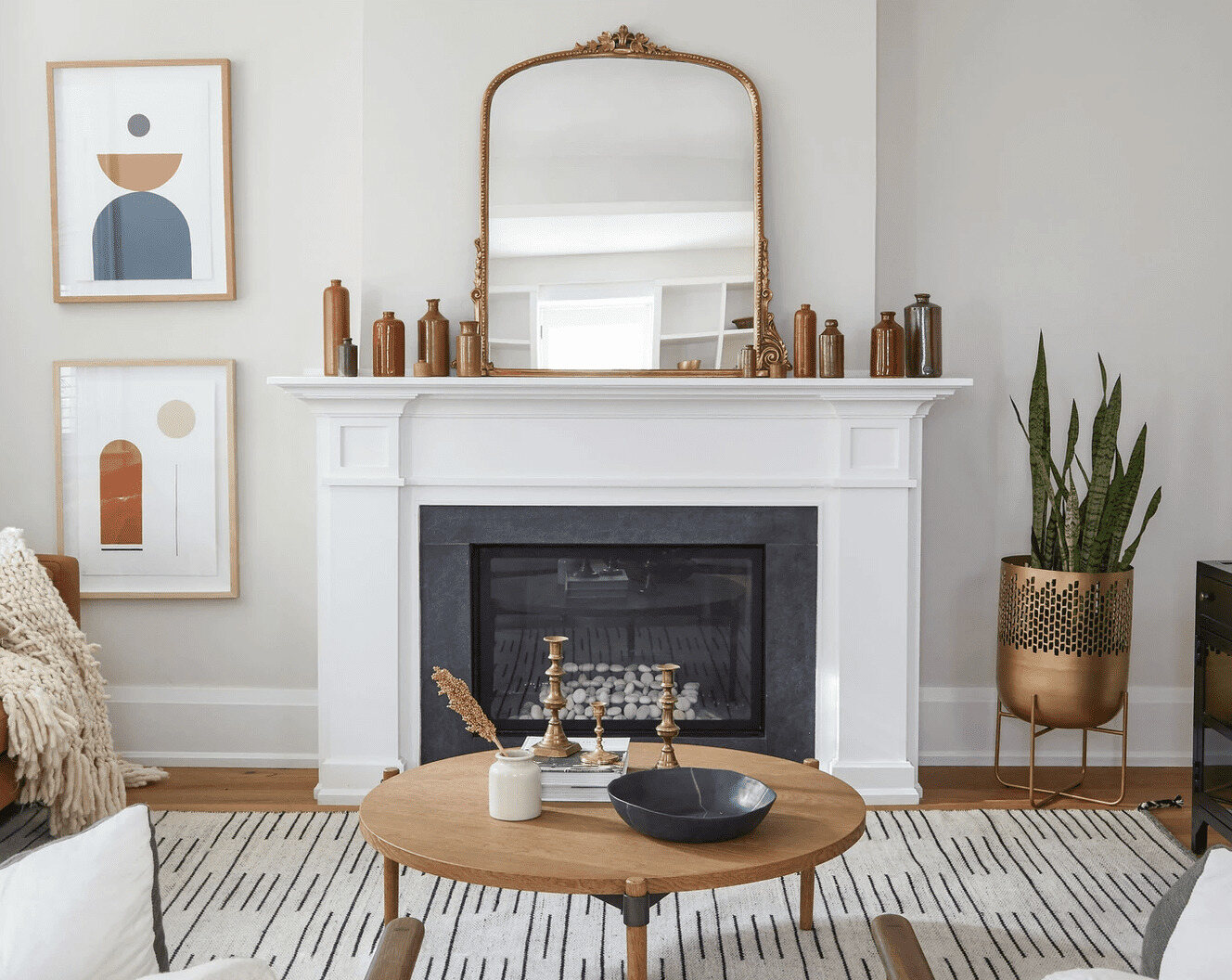
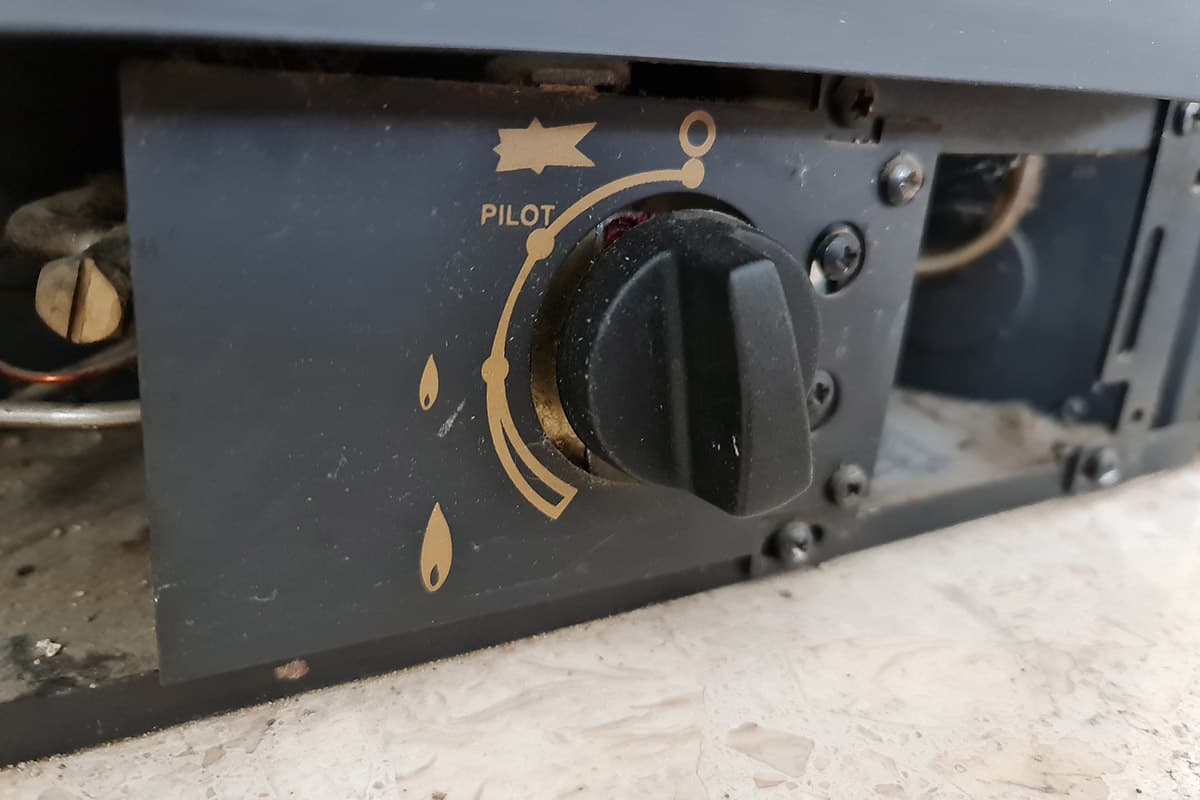

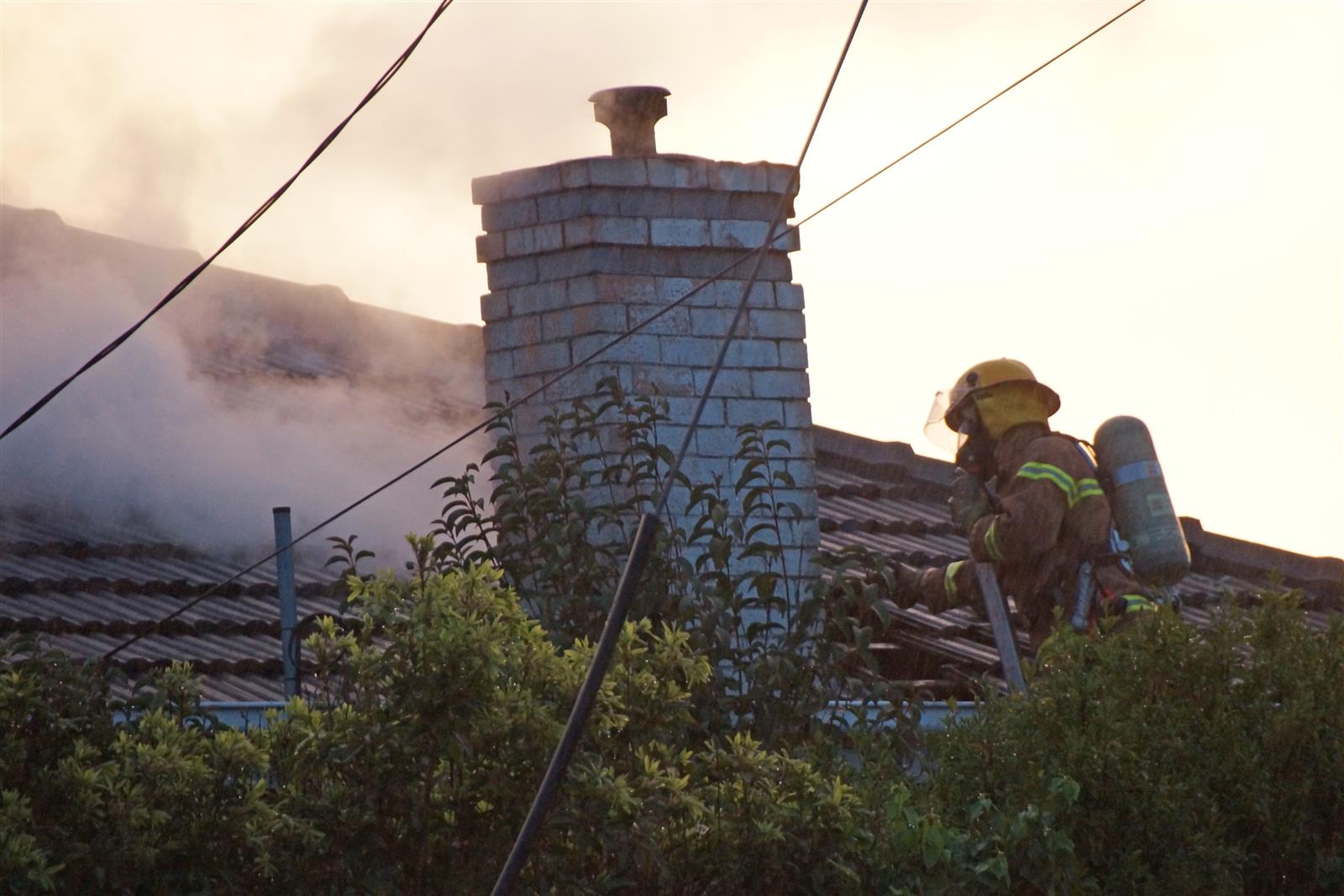
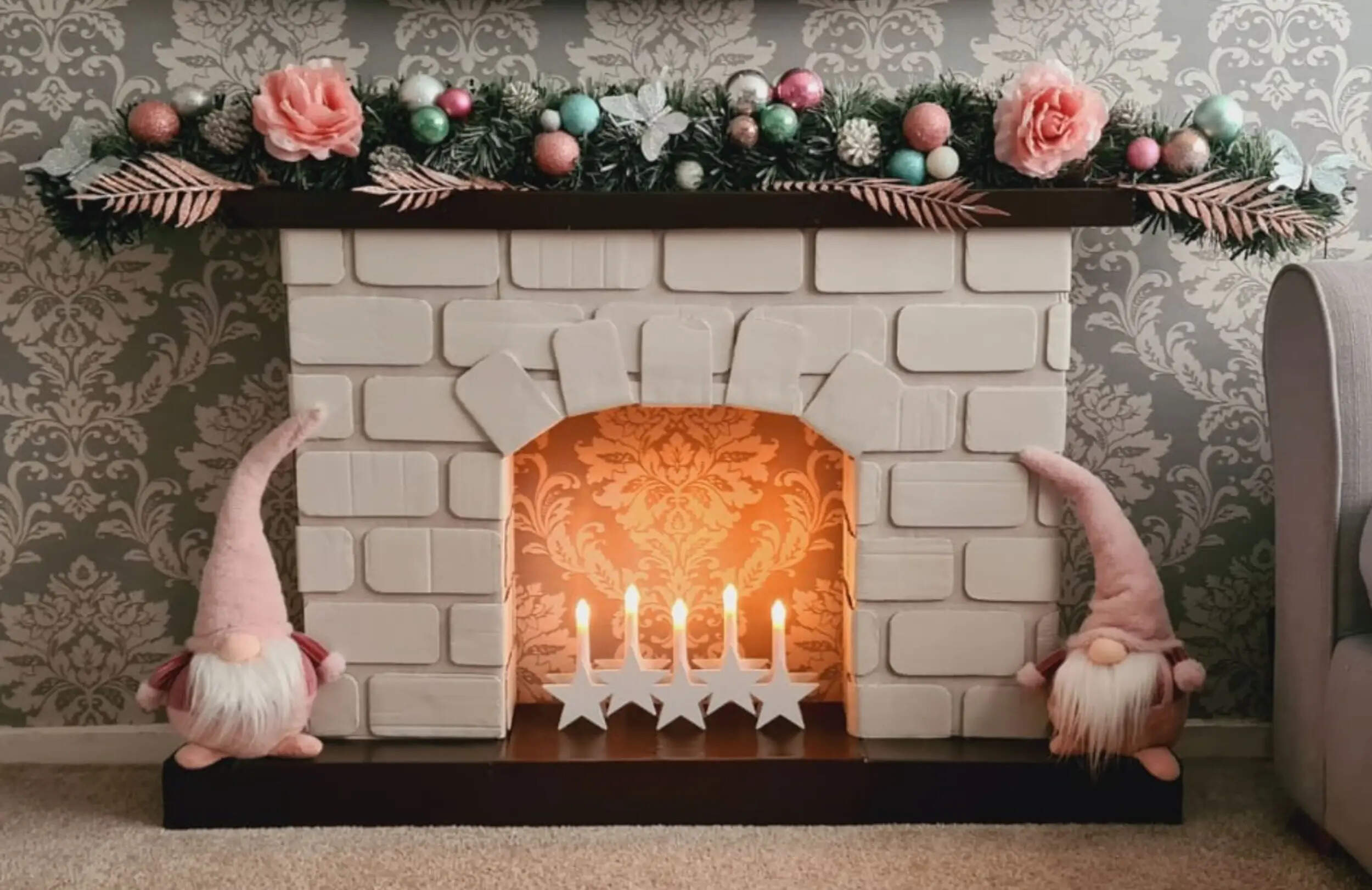
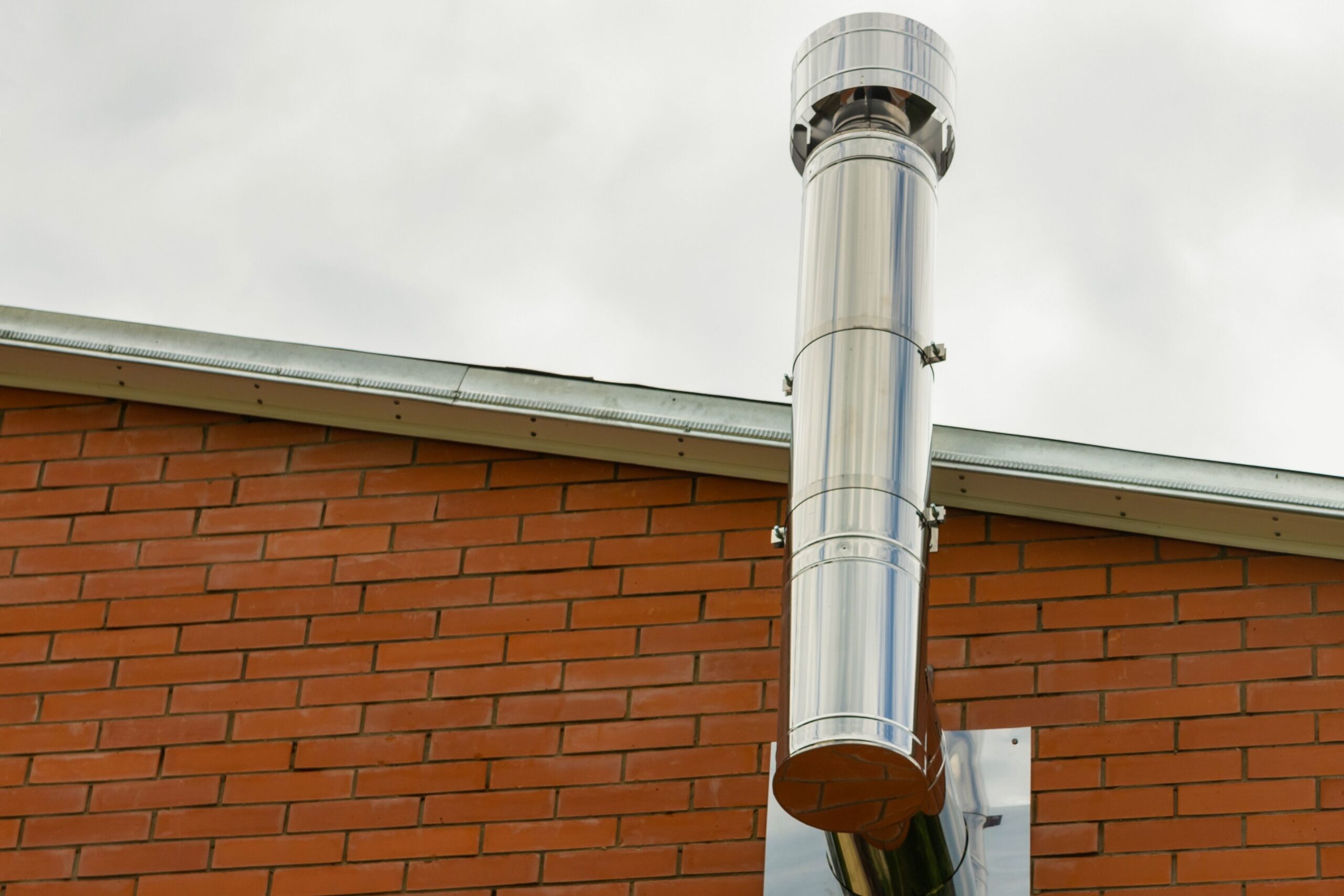
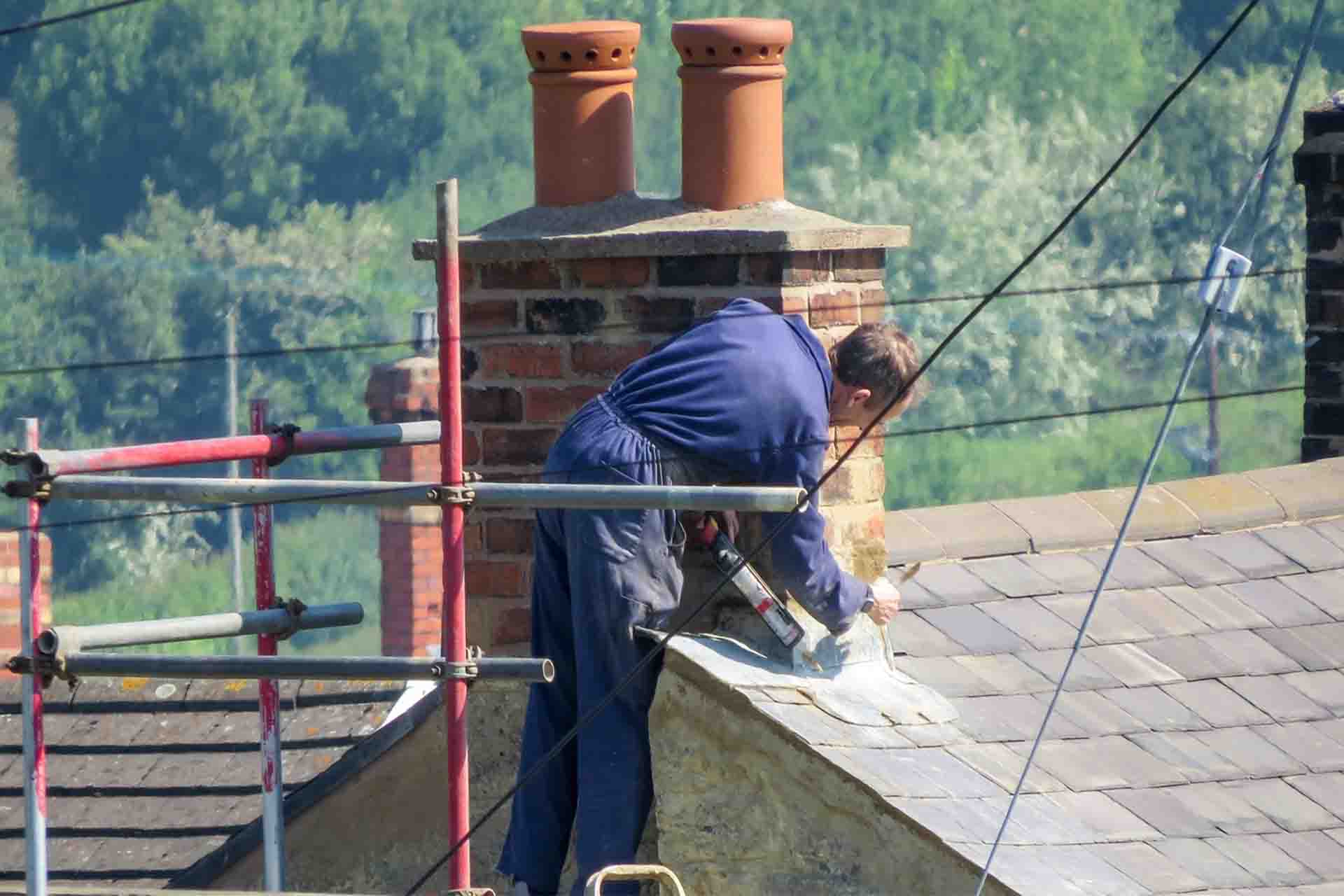

0 thoughts on “How To Block Chimney Draft”